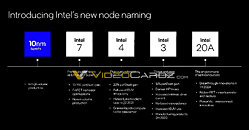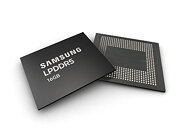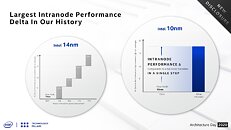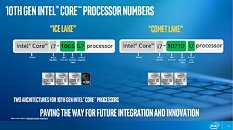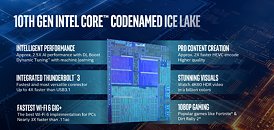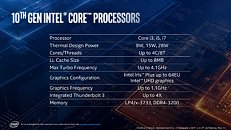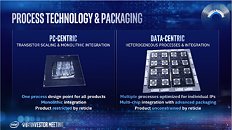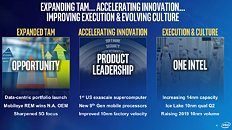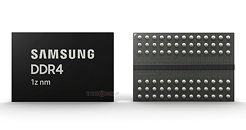
SK Hynix Develops Industry's First 1c (10nm-class) DDR5 Memory
SK hynix announced today that it has developed the industry's first 16 Gb DDR5 built using its 1c node, the sixth generation of the 10 nm process. The success marks the beginning of the extreme scaling to the level closer to 10 nm in the memory process technology. The degree of difficulty to advance the shrinking process of the 10 nm-range DRAM technology has grown over generations, but SK hynix has become the first in the industry to overcome the technological limitations by raising the level of completion in design, thanks to its industry-leading technology of the 1b, the fifth generation of the 10 nm process.
SK hynix said it will be ready for mass production of the 1c DDR5 within the year to start volume shipment next year. In order to reduce potential errors stemming from the procedure of advancing the process and transfer the advantage of the 1b, which is widely applauded for its best performing DRAM, in the most efficient way, the company extended the platform of the 1b DRAM for development of 1c. The new product comes with an improvement in cost competitiveness, compared with the previous generation, by adopting a new material in certain process of the extreme ultraviolet, or EUV, while optimizing the EUV application process of total. SK hynix also enhanced productivity by more than 30% through technological innovation in design.
SK hynix said it will be ready for mass production of the 1c DDR5 within the year to start volume shipment next year. In order to reduce potential errors stemming from the procedure of advancing the process and transfer the advantage of the 1b, which is widely applauded for its best performing DRAM, in the most efficient way, the company extended the platform of the 1b DRAM for development of 1c. The new product comes with an improvement in cost competitiveness, compared with the previous generation, by adopting a new material in certain process of the extreme ultraviolet, or EUV, while optimizing the EUV application process of total. SK hynix also enhanced productivity by more than 30% through technological innovation in design.







